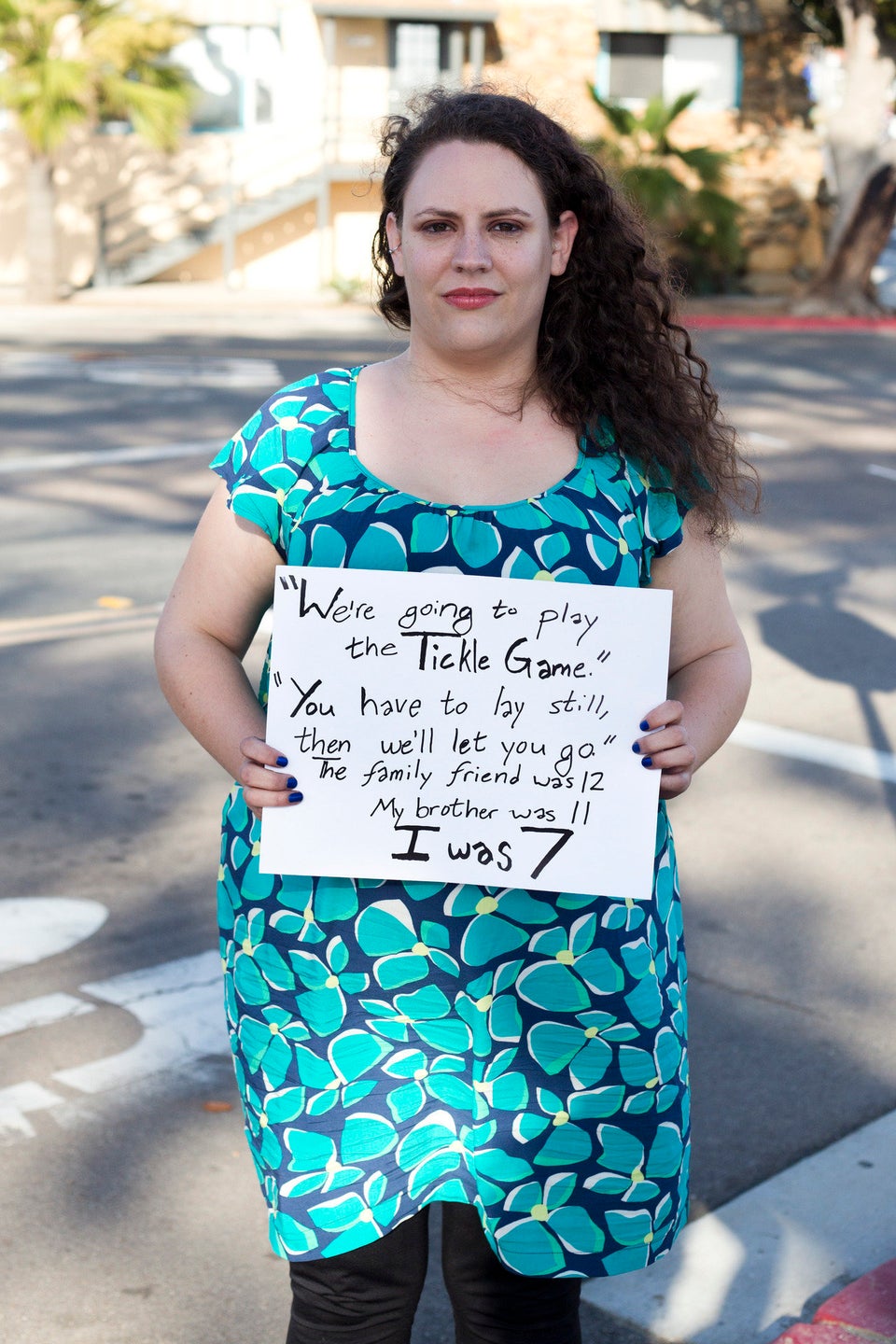In their study, a Canadian research team looked at sexual assault cases at mass gatherings in Ottawa. Victims tended to be younger, potentially drugged, and knew their attacker 30 percent of the time when the assault happened at a big event.
The research team was led by Kari Sampsel, clinical medical director of the Sexual Assault and Partner Abuse Program at the University of Ottawa. She tells us more about their results.
ResearchGate: What data is your study based on?
Kari Sampsel: Our program is the only site in the city for people to get medical and forensic care after they’ve been assaulted. I read the chart of every single patient who presented themselves to our service in 2013, which totaled 204 cases. This time span enabled us to capture all the events, festivals, and annual gatherings that occurred at least once per year. Patient charts explicitly stating that the victim had been at a mass gathering or big event were put into one group, and those that didn’t were put into the control group. We might actually be underestimating the amount of mass gathering assaults because if it wasn’t in our clinical chart we didn’t include it.
RG: How commonly does it occur and at what type of events?
Sampsel: 25% of our cases – a full quarter of all the patients we saw in 2013 - came from mass gatherings. We saw four peak times of activity over the course of the year. They corresponded with New Year’s Eve, Canada Day, university and college frosh (or orientation) week, and Halloween. Those were the four biggest party times within the city where you also have a lot of bar and club events.
RG: What other patterns became clear in your results?
Sampsel: The patients in the mass gathering group were overwhelmingly female, as in most instances of sexual assault. They also tended to be younger, and that over 90 percent had voluntarily consumed drugs and / or alcohol. Also, only one third of the people assaulted in the mass gathering group actually knew who their assailant was. This is very different from all the conventional sexual assault literature out there, where over 85 percent actually know their attacker. In the instance of mass gatherings, they don’t.
We also found over 60 percent of the patients had passed out during some time of their assault. This may be related to the drugs and alcohol, or it may also be contributing to the reason why they don’t know who their attacker was.
RG: How far do cultural differences play into this?
Sampsel: We found it was more connected to a ‘going out’ culture as opposed to any particular religious or ethnic background. If you’re going out to a big event then sexual assaults are happening there at a higher frequency than you may realize. Ottawa is a very multicultural city with people from all backgrounds. We didn’t explicitly break the cases in this study down into racial or religious groups. But I do know that the list of people that we had seen cover a broad spectra of backgrounds.
RG: What do you think about the recent New Year’s Eve sexual assault cases in Cologne, Germany?
Sampsel: That’s a different pattern of sexual assault than what’s typically seen. Sexual assault is not usually as organized. We found it was more commonly a group of drunken guys who were out, and spotted an opportunity rather than planning the assault beforehand. However, although it’s a very different type of situation, I wonder how much of it was enabled by the holiday period. A lot of people were out and having fun, and it was seized on as a particular opportunity to victimize someone or a group of people.
RG: How can these crimes be prevented?
Sampsel: The nice thing to come out of this research is that we partnered with an agency here in Ottawa to create a non-confrontation bystander intervention program. This is called Project Sound Check. It trains the volunteers at big music festivals and concerts to spot people at risk, how to recognize if someone is extremely intoxicated, or scenarios that might turn into a sexual violence incident. The volunteers learn how to prevent it from happening without getting hurt or injured. This has a number of different benefits to it, including the fact these volunteers tend to be in the crowd. Sexual assault cases often go on in the middle, so police and security teams lining the outside don’t have the same access or ability to get there as quickly. Over the past summer it’s been used for four different music festivals in Ottawa, totaling around 1.2 million attendees.
RG: Did you see a decrease in sexual assault cases?
Sampsel: We actually saw an increase. I think this comes down to the fact we did a lot of local media work around this time as well, and we had a number of people come to us saying “I saw you in the news and I knew where to go.” We were also handing out cards for our location at the festivals, which helped direct people into our care. So I think it’s not that there’s an increase number of assaults, just an increase in the number of people reporting it. I think what we’re seeing is the tip of the iceberg.
This story was originally published by ResearchGate News.
Also on HuffPost:
